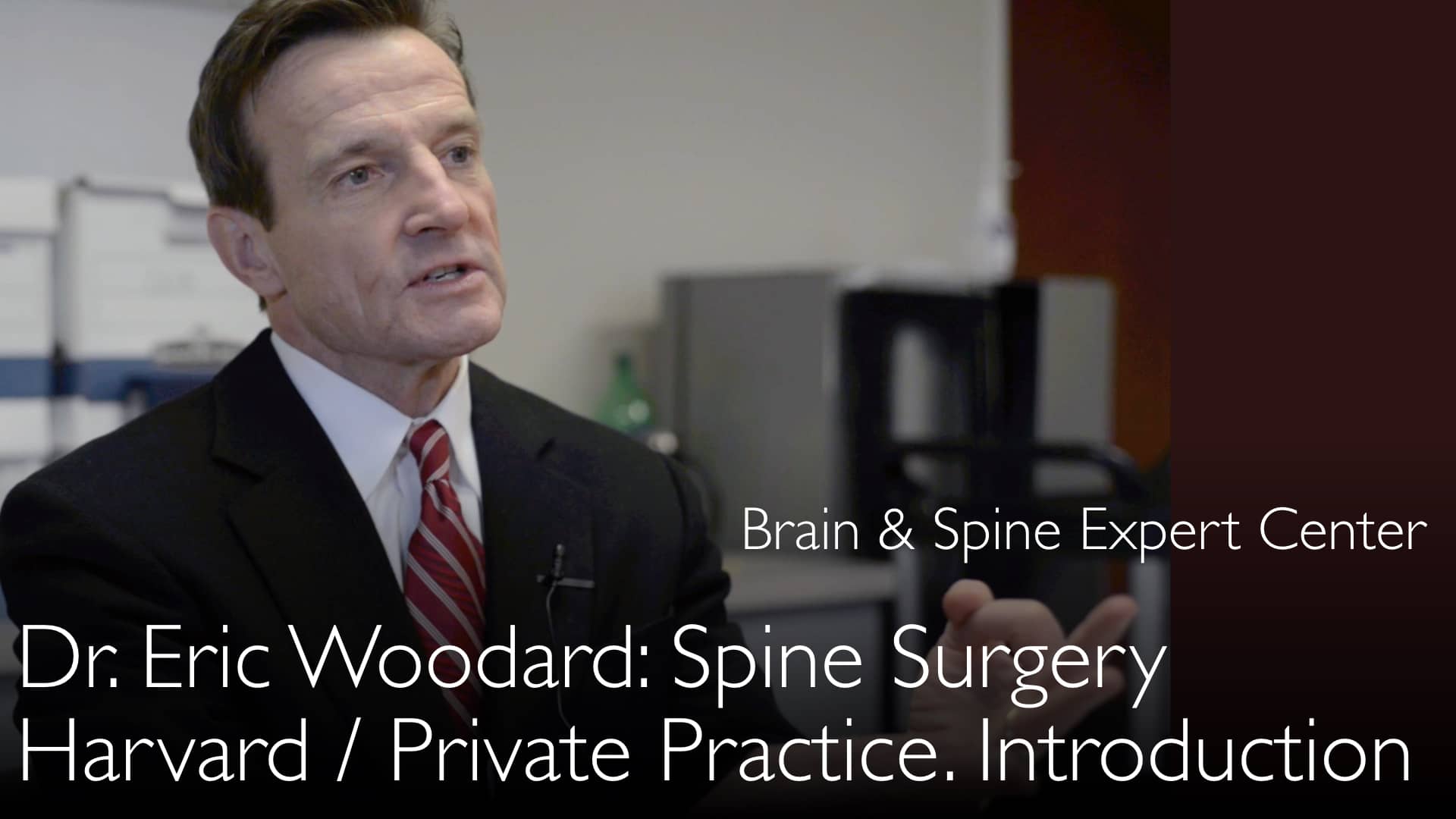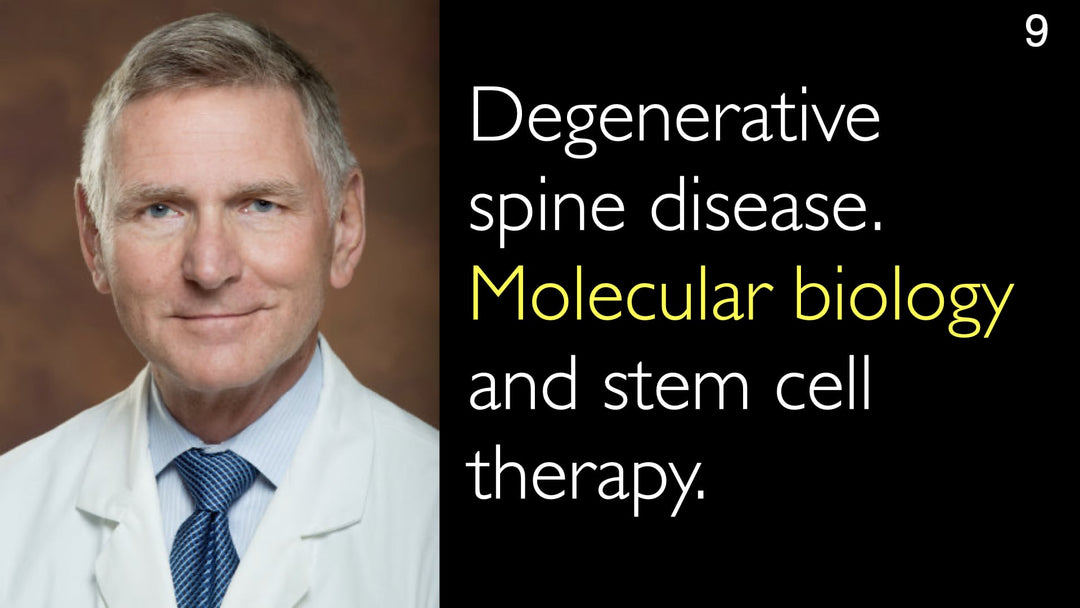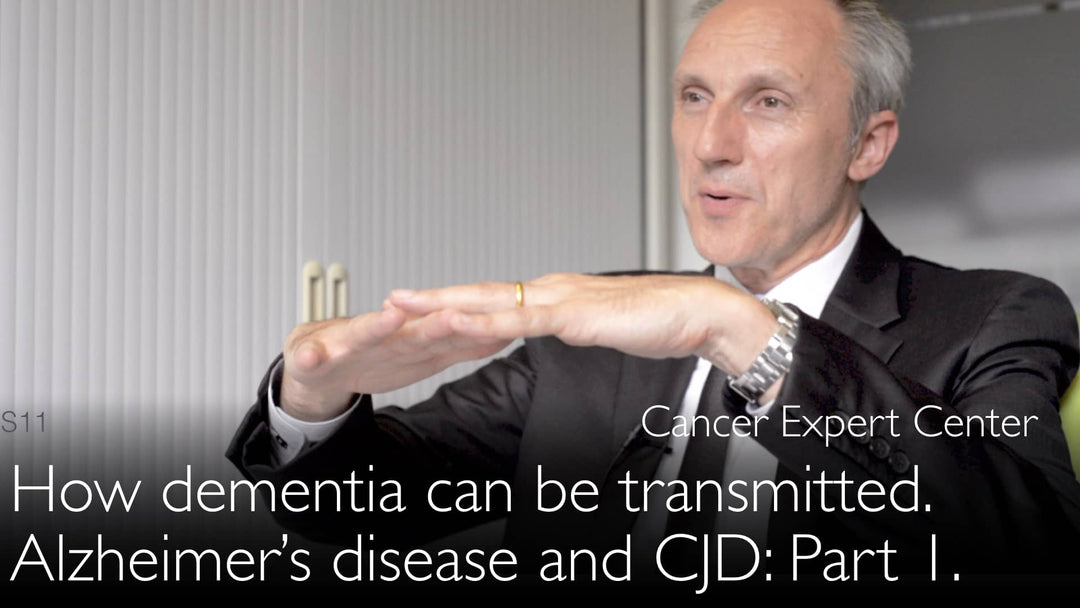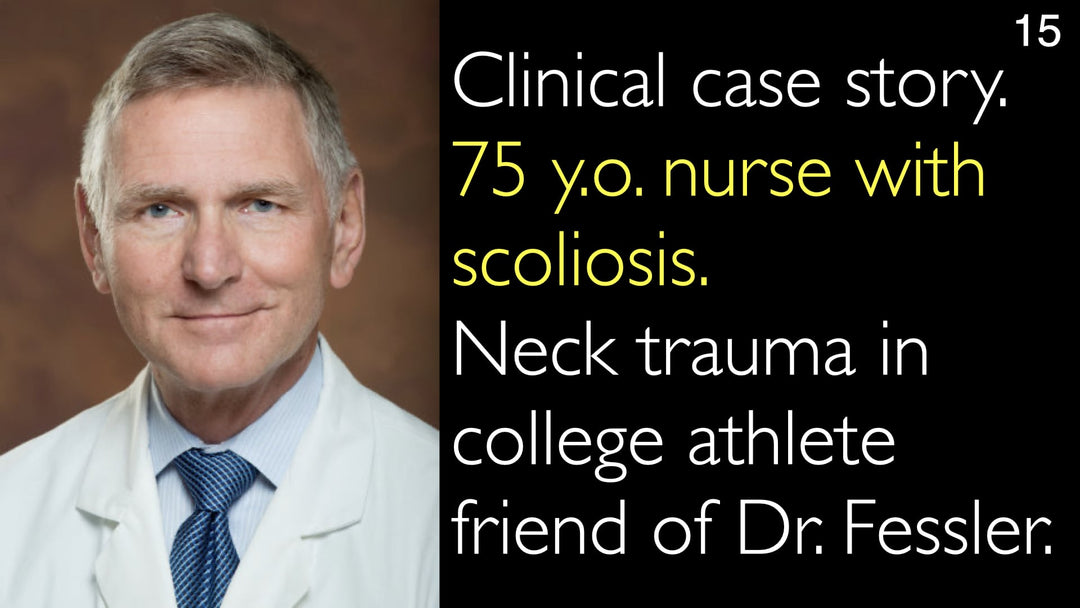מומחה מוביל בניתוחי עמוד שדרה, ד"ר אריק וודארד, MD, מסביר על אבחון עקמת ואפשרויות הטיפול. הוא מפרט כיצד עקמת כוללת עיקום וסיבוב לא תקינים של עמוד השדרה. ד"ר אריק וודארד, MD, דן בגישות הטיפול השונות לעקמת בילדים ובמבוגרים. הוא מדגיש את החשיבות של חוות דעת רפואית נוספת להחלטות כירורגיות מורכבות. הראיון מכסה את ההתוויות לשימוש במחוך ולניתוח איחוי חוליות.
אפשרויות טיפול בעקמת: ממחוך ועד ניתוח איחוי חוליות
קפיצה לפרק
- מהי עקמת?
- טיפול בעקמת בילדים
- עקמת ניוונית במבוגרים
- התוויות לניתוח עקמת
- חשיבות חוות דעת רפואית נוספת
- תמליל מלא
מהי עקמת?
ד"ר אריק וודרד, MD, נוירוכירורג עמוד שדרה מוביל, מספק הגדרה בסיסית לעקמת. הוא מסביר שלעמוד שדרה בריא יש עקומות טבעיות במישור הסגיטלי אך הוא ישר כאשר מביטים מקדימה. עקמת היא עקומה חריגה ומתפתלת של עמוד השדרה במישור הקורונלי או החזיתי. מצב זה כרוך לעתים קרובות בסיבוב של החוליות הבודדות, התורם לעיוות הנראה לעין.
עקמת חמורה עלולה להיות מגבילה מאוד. ד"ר וודרד מתייחס לדוגמה הספרותית הקלאסית של "הגיבן מנוטרדאם" כדי להמחיש את השפעתה הפוטנציאלית. עקמת בדרגה גבוהה יכולה להשפיע על התנועה, היציבה, ואף על יכולת הנשימה עקב דחיסת חלל החזה.
טיפול בעקמת בילדים
עקמת בילדים מציבה אתגרים ייחודיים מכיוון שהיא מתרחשת בתקופת גדילת עמוד השדרה. ד"ר אריק וודרד, MD, מציין שטיפול בילדים ומתבגרים הוא תחום מומחיות הנתון בדרך כלל לאחריותם של מומחי עמוד שדרה ילדים. שיטת הטיפול הנבחרת תלויה במידה רבה בדרגת העקמומיות ובקצב התקדמותה.
טיפול שמרני הוא תמיד קו ההגנה הראשון. זה יכול לכלול ניטור ערני עם מדידות חוזרות, פיזיותרפיה לחיזוק שרירי הליבה, ושימוש במחוך. ד"ר וודרד מאשר שלמחוך יש תוקף ותועלת עבור מספר מוגבל של מטופלים. עם זאת, ילדים whose curves change significantly and rapidly are more likely to be considered for surgical intervention.
עקמת ניוונית במבוגרים
הצורה הנפוצה ביותר של עקמת מתרחשת למעשה במבוגרים. ד"ר אריק וודרד, MD, מתאר כיצד שינויים ניווניים הקשורים לגיל מובילים למצב זה. כאשר העצמות מתרככות עם הגיל ודלקת מפרקים ניוונית מתקדמת, עמוד השדרה המותני יכול להתחיל להחליק ולפתח עקומה סקוליוטית.
עקמת ניוונית זו במבוגרים גורמת לעתים קרובות לבעיות משניות. העקמומיות החריגה יכולה להוביל להיצרות תעלת השדרה (spinal stenosis), צמצום של תעלת השדרה הגורם ללכידת עצבים. זה גורם לכאב, נימול וחולשה ברגליים, מה שהופך את הטיפול להכרחי כדי לטפל הן בעיוות והן בהשלכות הנוירולוגיות שלו.
התוויות לניתוח עקמת
ניתוח איחוי חוליות הוא הליך משמעותי הנחשב רק לאחר שטיפולים שמרניים נכשלו. ד"ר אריק וודרד, MD, מסביר שהניתוח יעיל מאוד אך כרוך בשיקולים משמעותיים. ההחלטה קשה במיוחד במקרים pediatric, מכיוון שההליך יכול לעצור חלק מהגדילה האורכית של עמוד השדרה.
ניתוח שמור typically למטופלים whose condition is deteriorating rapidly or who have a severe, debilitating curvature. Potential risks and side effects must be carefully weighed. These include the risk of infection, non-union (where the bones fail to fuse), and the impact on a child's future growth. ד"ר אנטון טיטוב, MD, וד"ר וודרד דנים כיצד זה הופך את ההחלטה הניתוחית למורכבת incredibly.
חשיבות חוות דעת רפואית נוספת
בהתחשב במורכבות הטיפול בעקמת, ד"ר אריק וודרד, MD, וד"ר אנטון טיטוב, MD, תומכים strongly בפנייה לחוות דעת רפואית נוספת. חוות דעת נוספת מספקת זווית ראיה unbiased על מצב complex, helping patients and families weigh all alternative treatment methods with confidence.
This process confirms whether the decision to proceed with scoliosis surgery is correct and complete. It also helps ensure the selection of the most appropriate type of surgical operation. ד"ר אנטון טיטוב, MD, concludes that obtaining a medical second opinion is an essential step for making correct health choices regarding scoliosis care.
תמליל מלא
החלטה על ניתוח עקמת היא מוצדקת difficult. חוות דעת רפואית נוספת helps to weigh alternative scoliosis treatment methods in an unbiased manner. It provides an additional angle of view on a complex scoliosis situation.
Age-related degenerative changes in the spine often worsen scoliosis. A leading spine surgeon shares his view about scoliosis surgical treatment. When is surgery a reasonable option for scoliosis treatment?
Adult scoliosis correction requires intensive physiotherapy to improve core torso and pelvic muscles. Scoliosis involves rotation of individual vertebrae. Scoliosis surgery decision is difficult to make. That is why medical second opinion is warranted in scoliosis.
Surgical treatment for scoliosis can be effective when done for appropriate indications. Medical second opinion confirms that the decision to proceed with scoliosis surgery is correct and complete. It also helps to choose the right type of surgical operation for scoliosis.
Seek medical second opinion on adult scoliosis and be confident that your treatment is correct. Surgery in adolescents with a growing spine is effective, but some growth can be stunted. Scoliosis surgery decision and medical second opinion help patients and families to make correct health choices.
Spinal deformity and scoliosis are common medical conditions that sometimes require spinal fusion. The definitive patient's resource for scoliosis is expert medical second opinion. You should absolutely get at least one medical second opinion.
Get facts on symptoms and treatment of scoliosis from this video interview. Scoliosis surgery does have side effects and potential risks of infection and non-fusion. Problems after adolescent scoliosis surgery include slowed or stunted growth and infections.
Spinal fusion for the treatment of idiopathic scoliosis remains the last measure after conservative therapy has failed and the patient's condition continues to deteriorate.
Dr. Anton Titov, MD: Another common condition is scoliosis. What is scoliosis?
Dr. Anton Titov, MD: What is the best way to treat scoliosis in children, in adolescents, and in adults?
Dr. Eric Woodard, MD: Scoliosis is an entire field of study. It is extremely complicated. The fundamental definition of scoliosis is this. As you know, the spine has several curves running in what we call a sagittal plane.
The sagittal plane divides, bisecting the body in this fashion. There are normal curves of the cervical spine, thoracic, lumbar and sacral portions of the spine. But in the frontal plane the spine is essentially straight.
When the spine starts to weave, such as a snaking type orientation in the coronal or the frontal plane, this is the definition of scoliosis. Scoliosis also not infrequently involves some rotation of individual vertebrae.
Scoliosis can be quite debilitating if it is high degree scoliosis. Because scoliosis is severely deforming. In literature, The Hunchback of Notre Dame is the classic example of severe scoliosis.
The hunched arch and displaced shoulder in scoliosis of Hunchback of Notre Dame affected his movement and breathing. Scoliosis can be quite devastating in children that develop scoliosis during the period of spinal growth.
The most common form of scoliosis, however, is in adults. It is at the other end of the age range. As adults get older their bones soften. As degenerative arthritis progresses, the lumbar spine starts to slip.
The lumbar spine becomes scoliotic, and it causes spinal stenosis or nerve pinching. The appropriate treatments depend upon the type of scoliosis involved.
In young children or adolescents with scoliosis whose spine is growing, this is an entirely different area of study. Pediatric scoliosis treatment is typically under the purview of pediatric spine specialists.
The degree and the rate of change in scoliosis dictates the method of treatment. Sometimes treatment of scoliosis is as aggressive as surgery, or whether it is as vigilant as repeated measurements and minor bracing and/or exercise in scoliosis.
The bracing has some validity and some usefulness in a limited number of patients. But patients who change significantly and who change rapidly are more typically those that are considered for surgical treatment.
Surgery in kids with a growing spine is quite effective. But unfortunately, surgery in scoliosis tends to arrest some of the longitudinal growth. Spine surgery is not the ideal treatment in children with scoliosis ultimately.
Sometimes scoliosis surgery in children can be avoided; that is preferable.
Dr. Anton Titov, MD: What are treatment methods for scoliosis?
Dr. Anton Titov, MD: When to do surgery?








